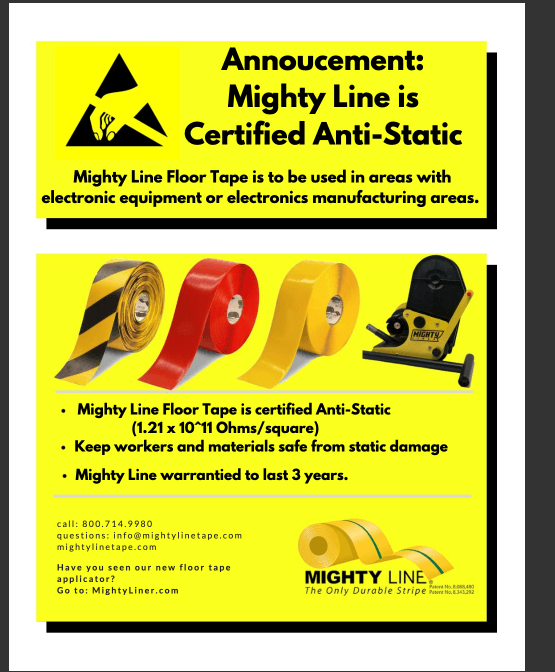No Products in the Cart
Newson-Gale: Pioneers in Electrostatics Safety
Read more about them - https://newson-gale.com/
Newson-Gale is a leading company specializing in electrostatic safety, providing critical grounding and bonding solutions to industries that handle flammable and combustible materials. With decades of experience, the company has become synonymous with innovation and reliability in mitigating the dangers associated with static electricity in hazardous environments.
Early Days and Formation
Newson-Gale was founded in the mid-20th century, a time when industrial processes were advancing rapidly, and the risks associated with static electricity were becoming more evident. As industries such as chemicals, pharmaceuticals, and petrochemicals grew, so did the need for robust safety solutions to prevent fires and explosions caused by static discharge. The company was established with a clear mission: to develop and provide reliable solutions that could safeguard industrial environments from the potentially catastrophic effects of static electricity.
From the outset, Newson-Gale focused on creating products that addressed the specific challenges faced by industries operating in hazardous zones. The company's early innovations included grounding and bonding devices designed to prevent the buildup of static electricity, which could lead to sparks and, consequently, dangerous explosions. These solutions were quickly adopted by industries worldwide, establishing Newson-Gale as a trusted name in electrostatic safety.
Expansion and Innovation in Electrostatics and Safety
Over the years, Newson-Gale continued to expand its product offerings, keeping pace with the evolving needs of its customers. The company's commitment to innovation led to the development of more advanced grounding systems, including those that offer continuous monitoring and fail-safe features. These systems ensure that any issues with grounding are immediately detected, preventing potential hazards before they can cause harm.
Newson-Gale's products are now used in a wide range of industries, including oil and gas, pharmaceuticals, food processing, and chemicals. The company's solutions are designed to meet the strict safety standards required in these industries, providing peace of mind to operators and helping to protect both people and property.
Electrostatics and Safety
Static electricity is a significant concern in industries that handle flammable substances. When two materials come into contact and then separate, electrons can be transferred from one material to the other, creating an electrostatic charge. In environments where flammable gases, vapors, or dust are present, this charge can discharge as a spark, potentially igniting an explosive atmosphere.
Newson-Gale's grounding and bonding solutions are designed to prevent these dangerous static discharges. By ensuring that all equipment and personnel are properly grounded, these systems dissipate static charges safely into the earth, preventing the buildup of hazardous static electricity.
Commitment to Safety and Electrostatics
Newson-Gale's ongoing commitment to safety is evident in its continuous research and development efforts. The company invests heavily in understanding the latest industry challenges and developing solutions that address emerging risks. This dedication to safety and innovation has helped Newson-Gale maintain its position as a global leader in electrostatic safety.
Today, Newson-Gale continues to protect industries worldwide, providing essential safety solutions that help prevent accidents and save lives. As industrial processes become more complex, the company's role in ensuring safety in hazardous environments remains as vital as ever.
From Mighty Line on our floor marking tape
Mighty Line tape is recognized not only for its durability and visibility but also for its antistatic properties, making it an essential safety product in environments where electrostatic discharge (ESD) can pose significant risks.
1.21E+11 Ohms/square = 1.21 x 1011 Ohms/square is where Mighty Line tested at.
Unlike regular tape, which can accumulate and hold a static charge, Mighty Line tape safely dissipates static electricity, preventing the buildup of dangerous charges.












